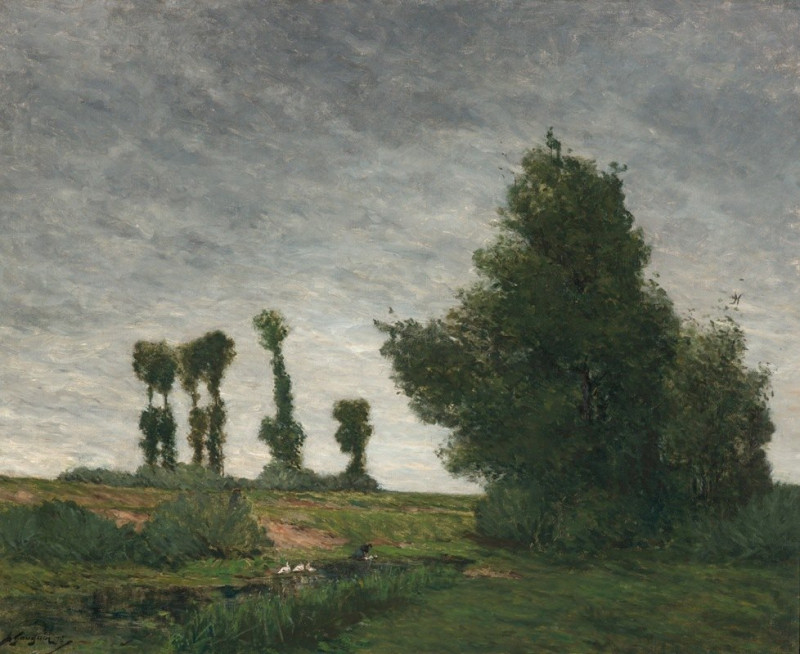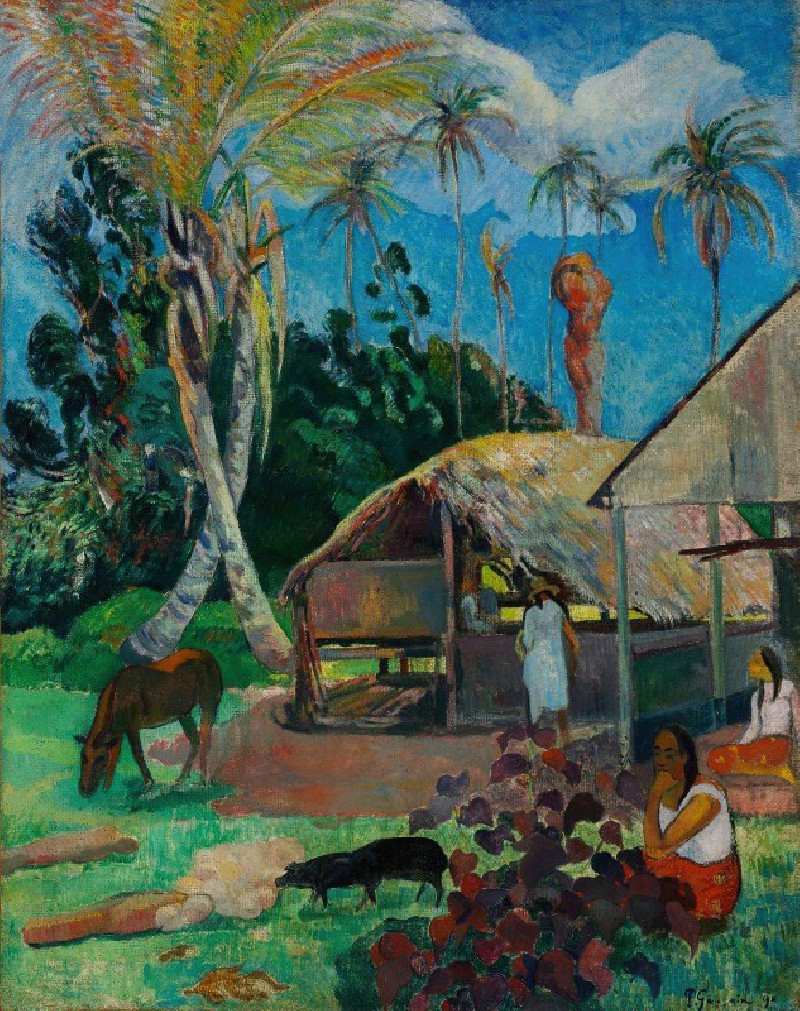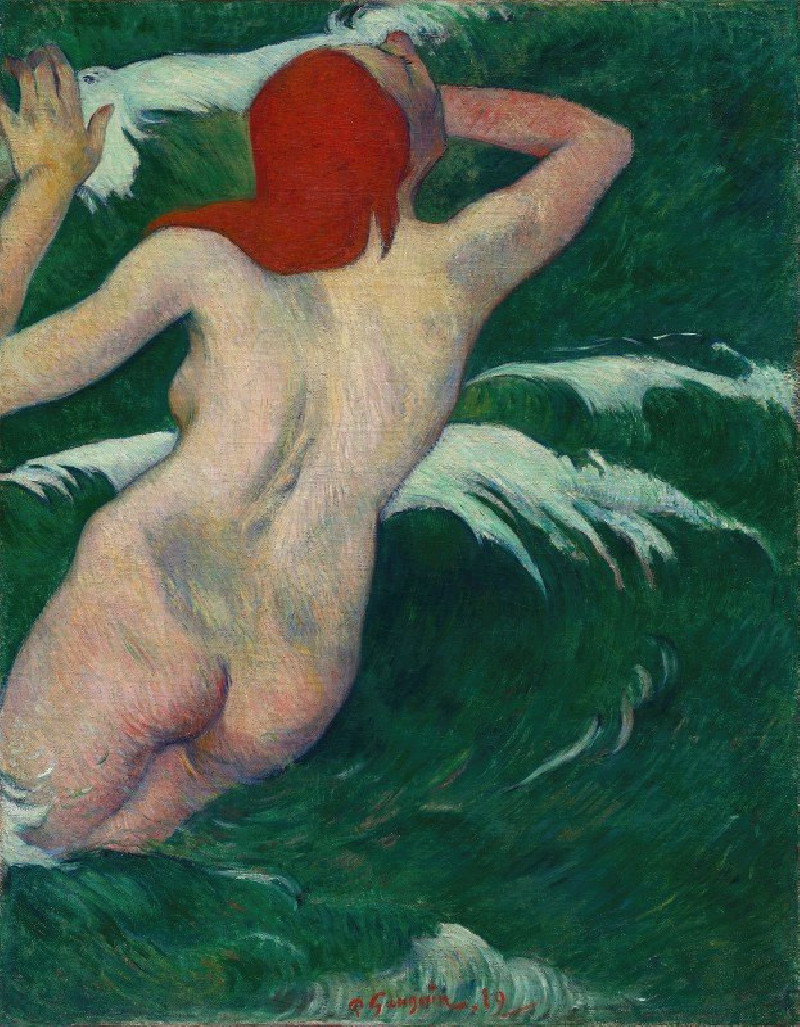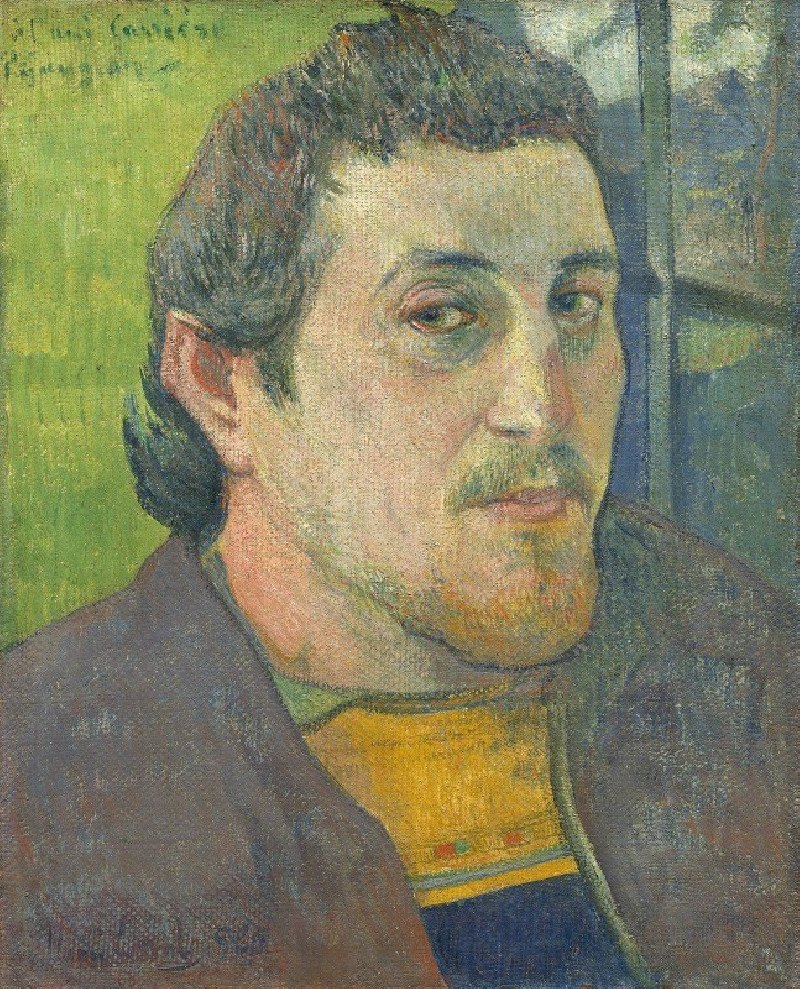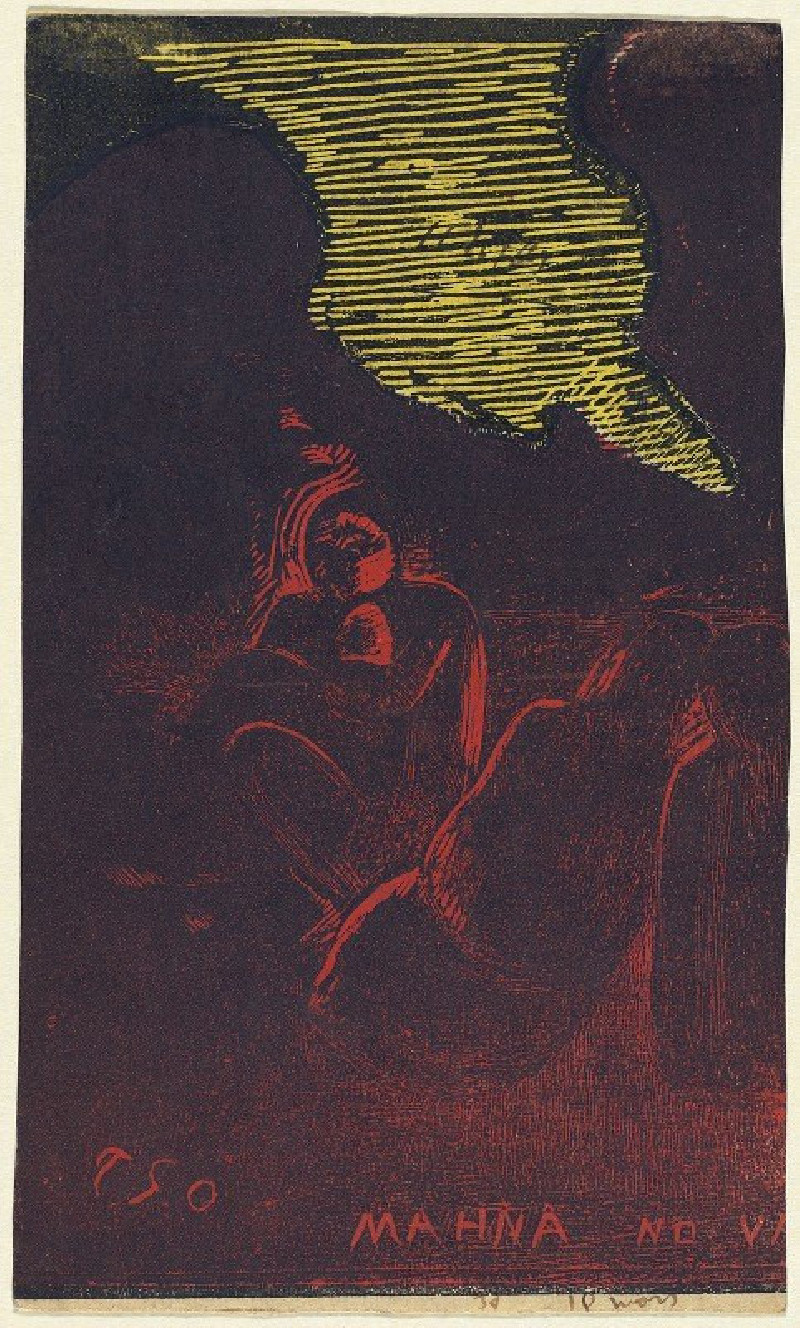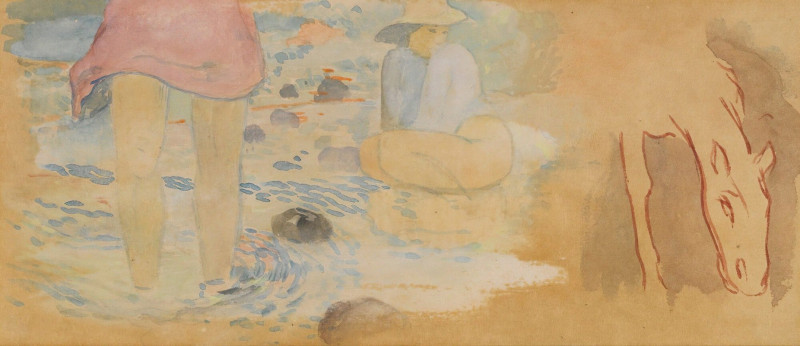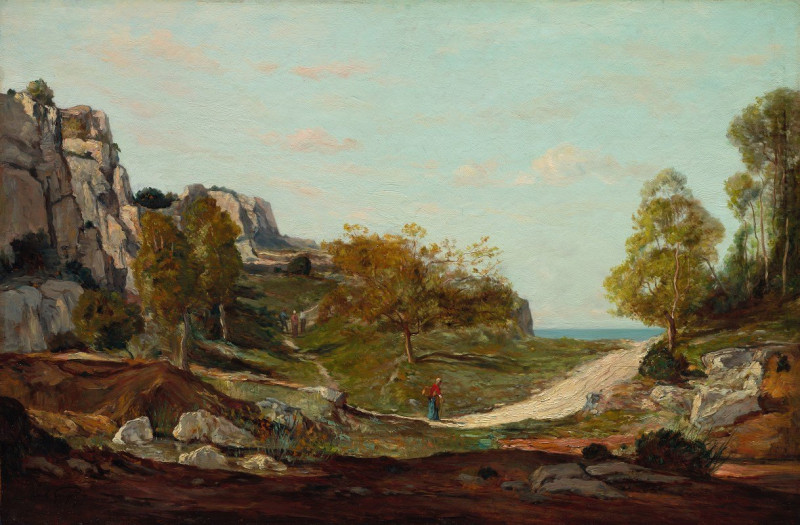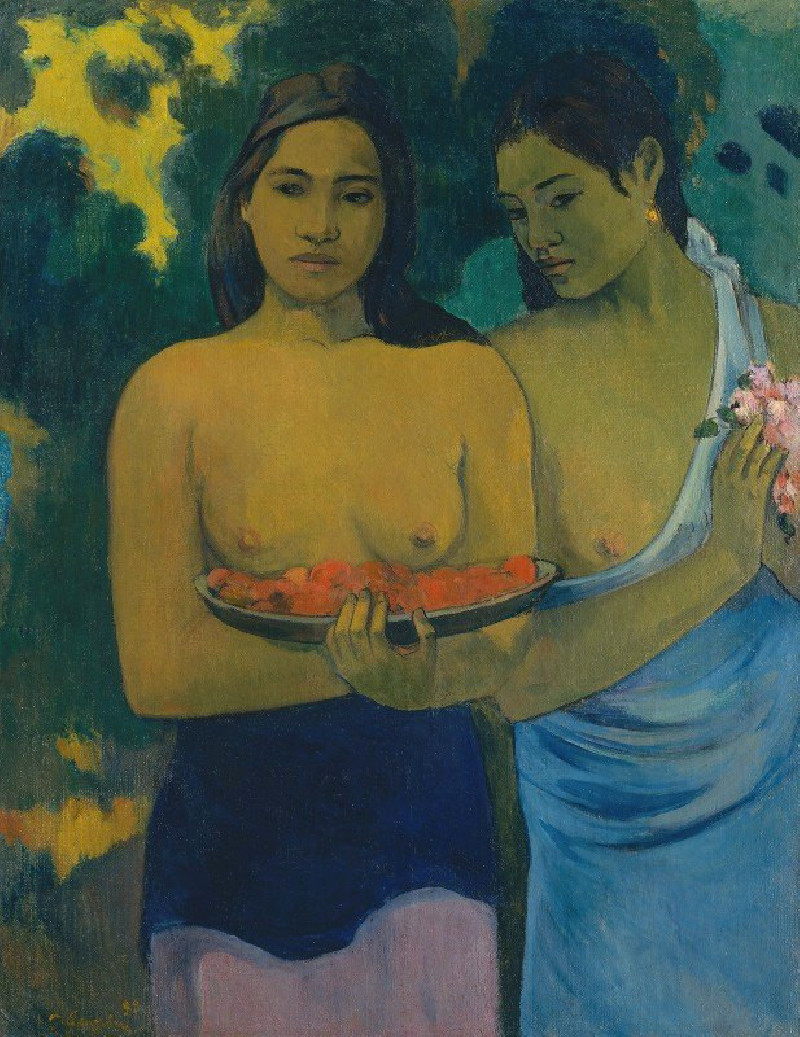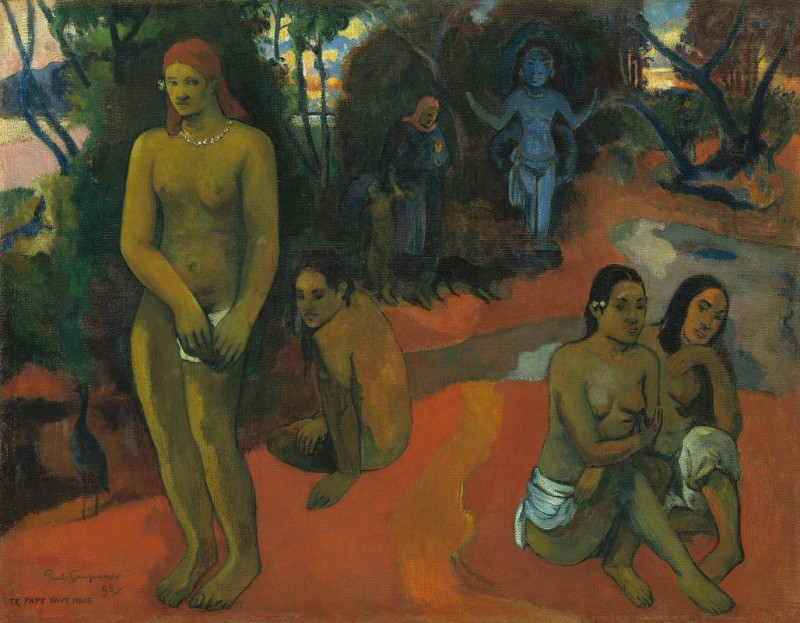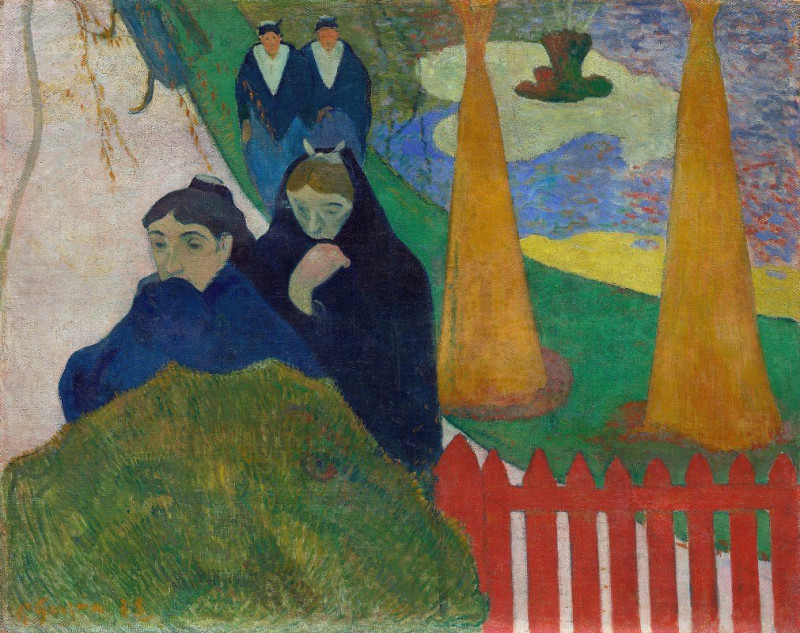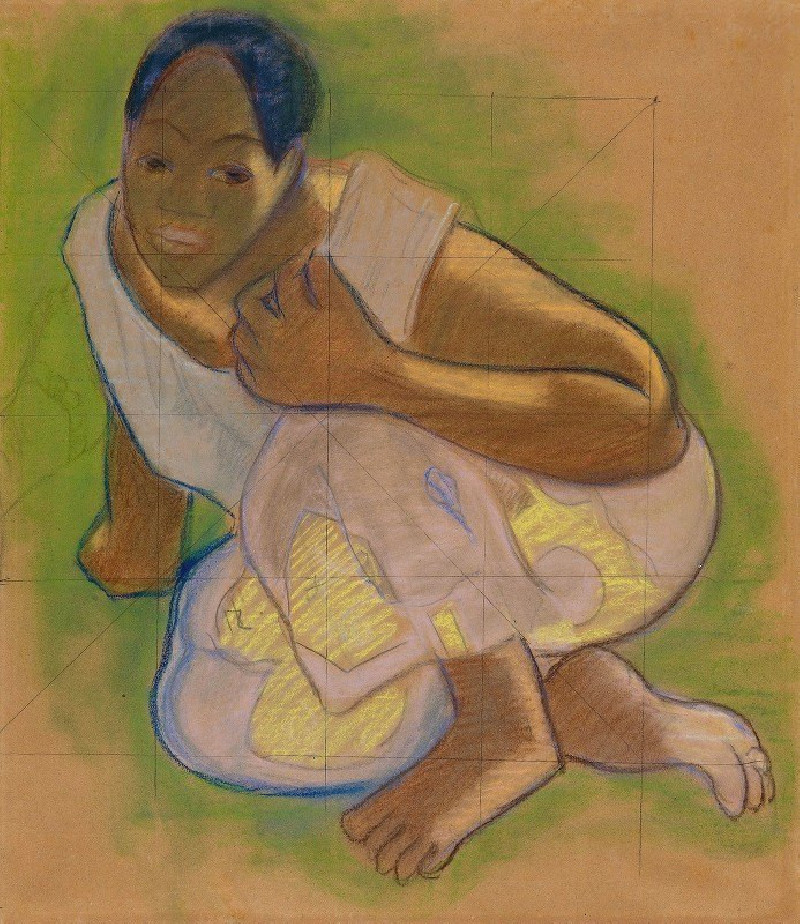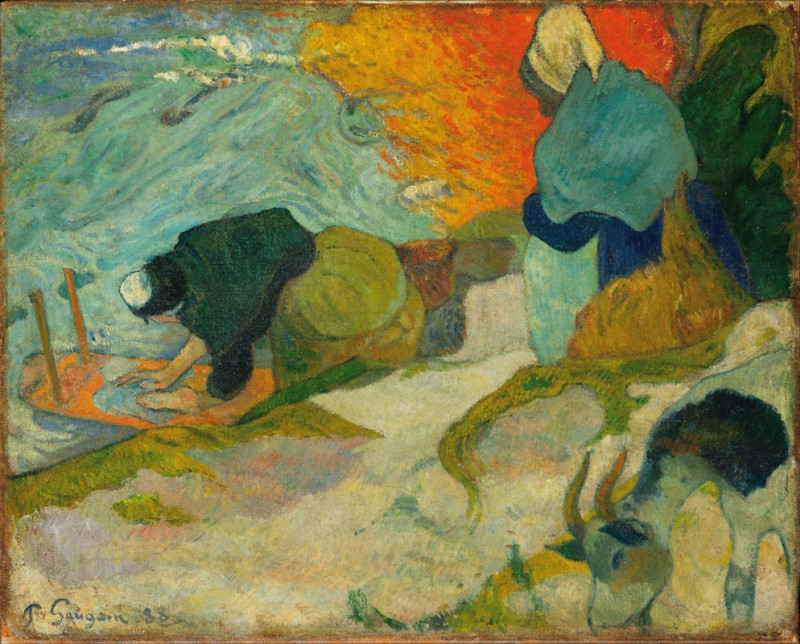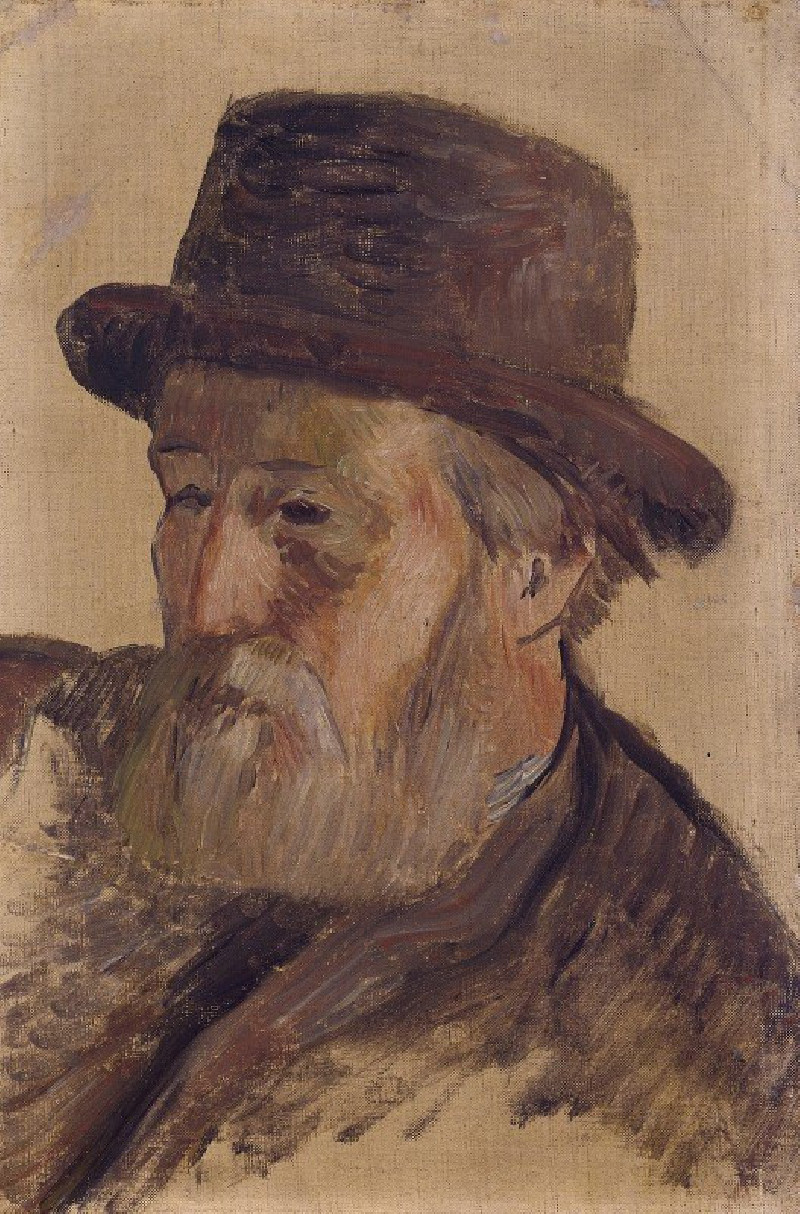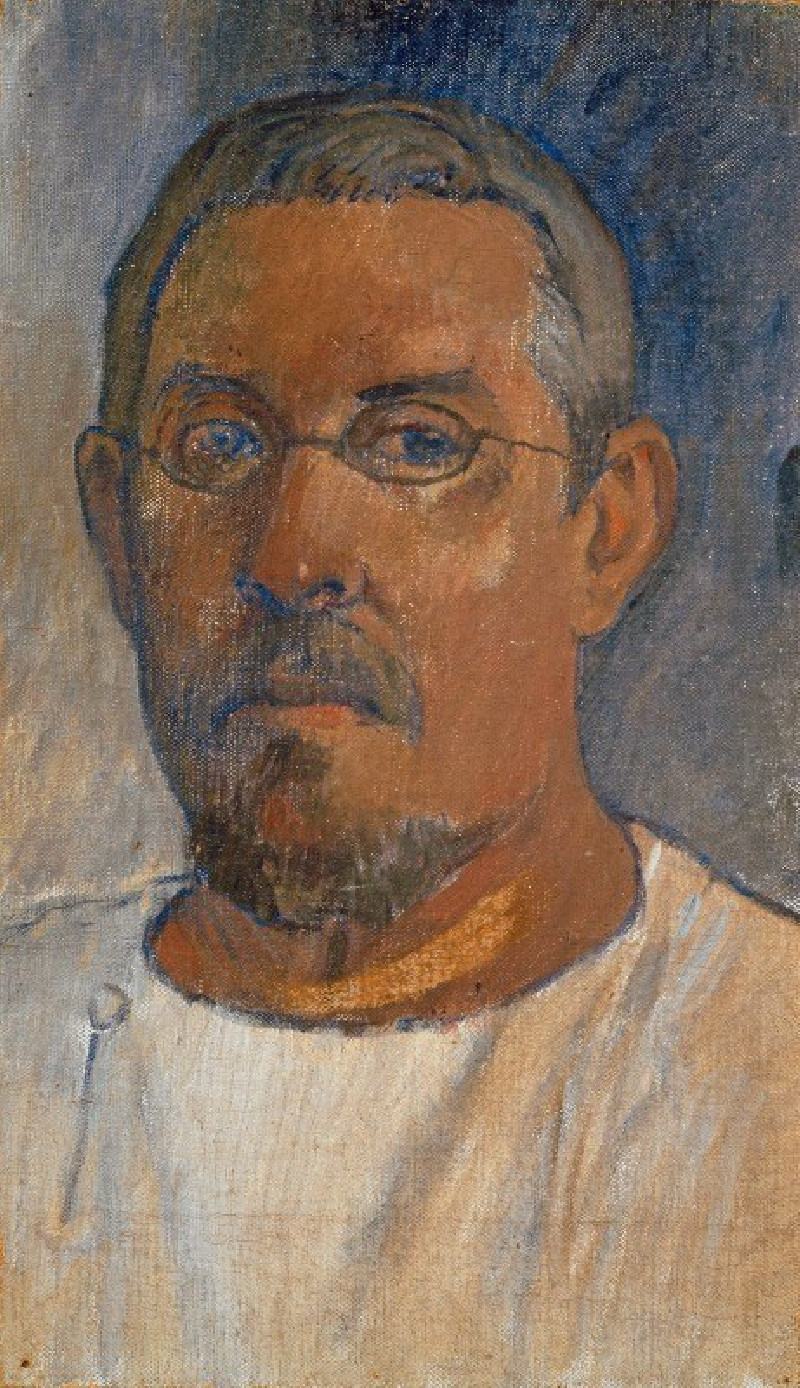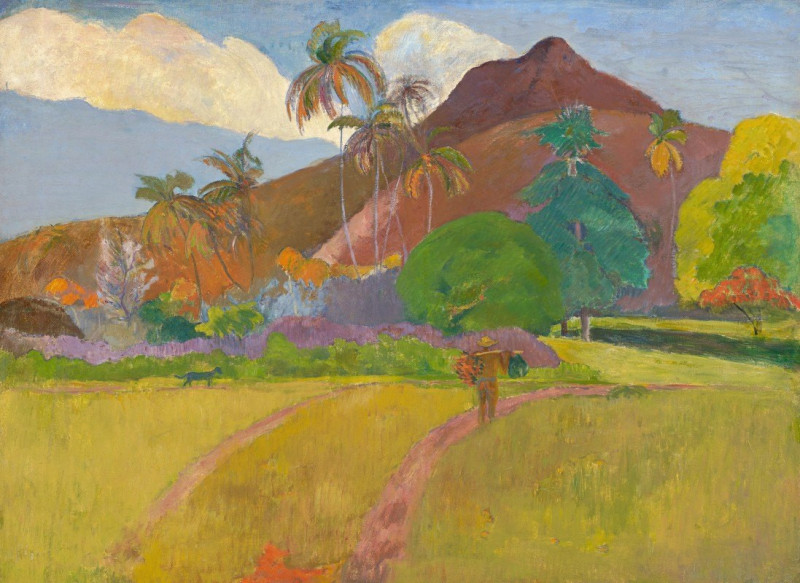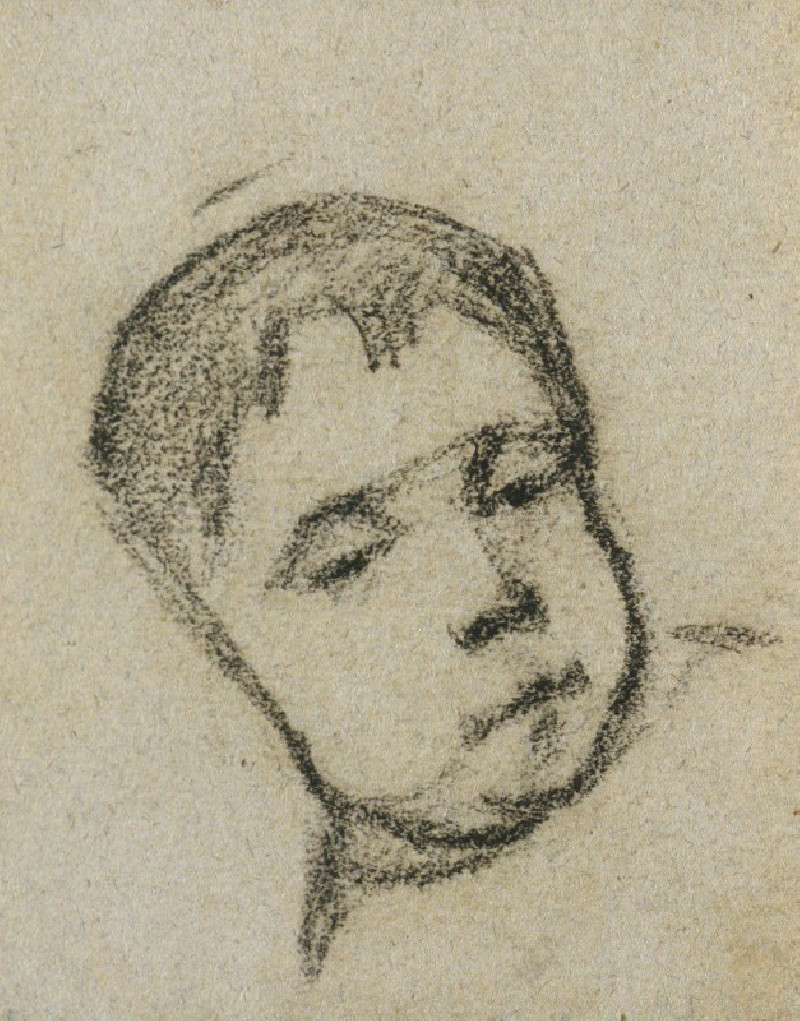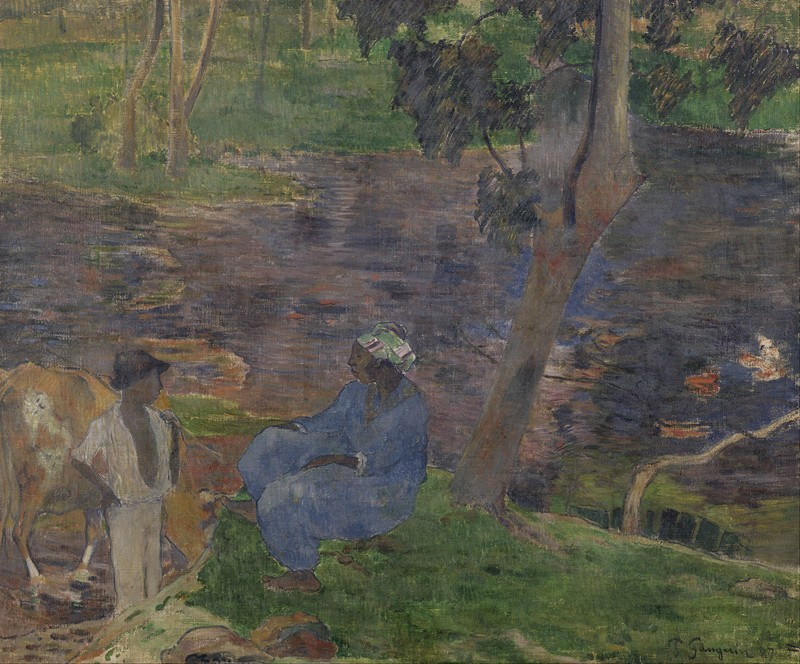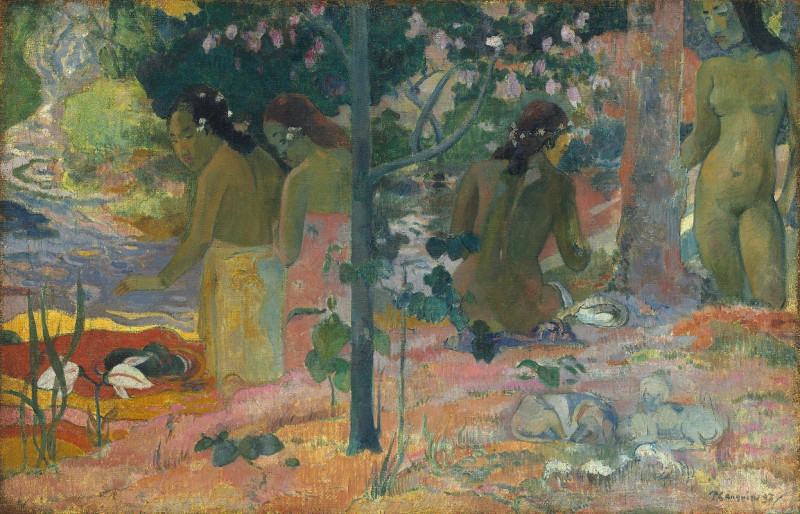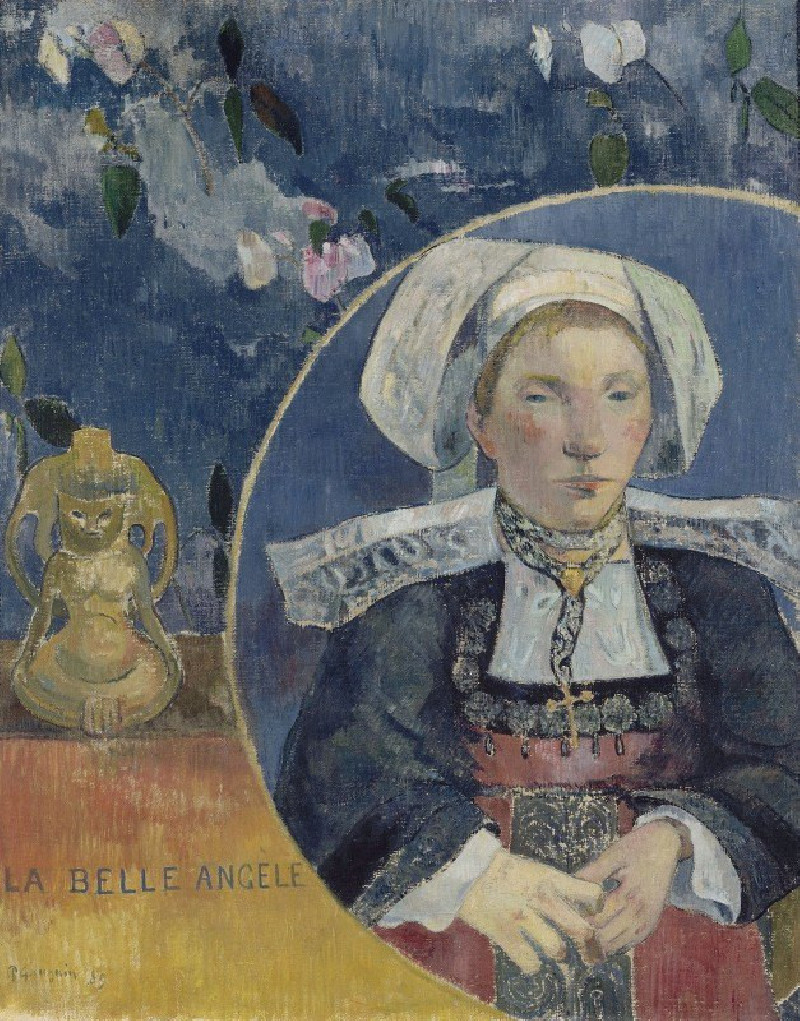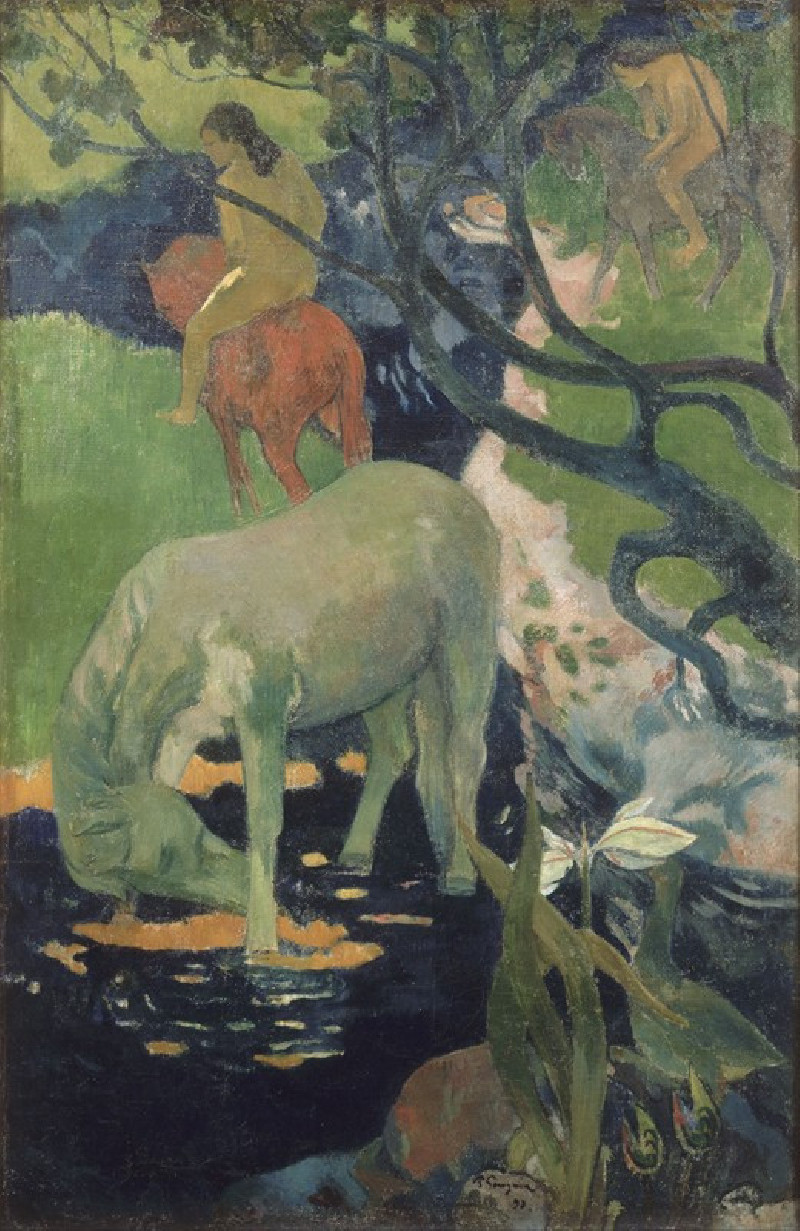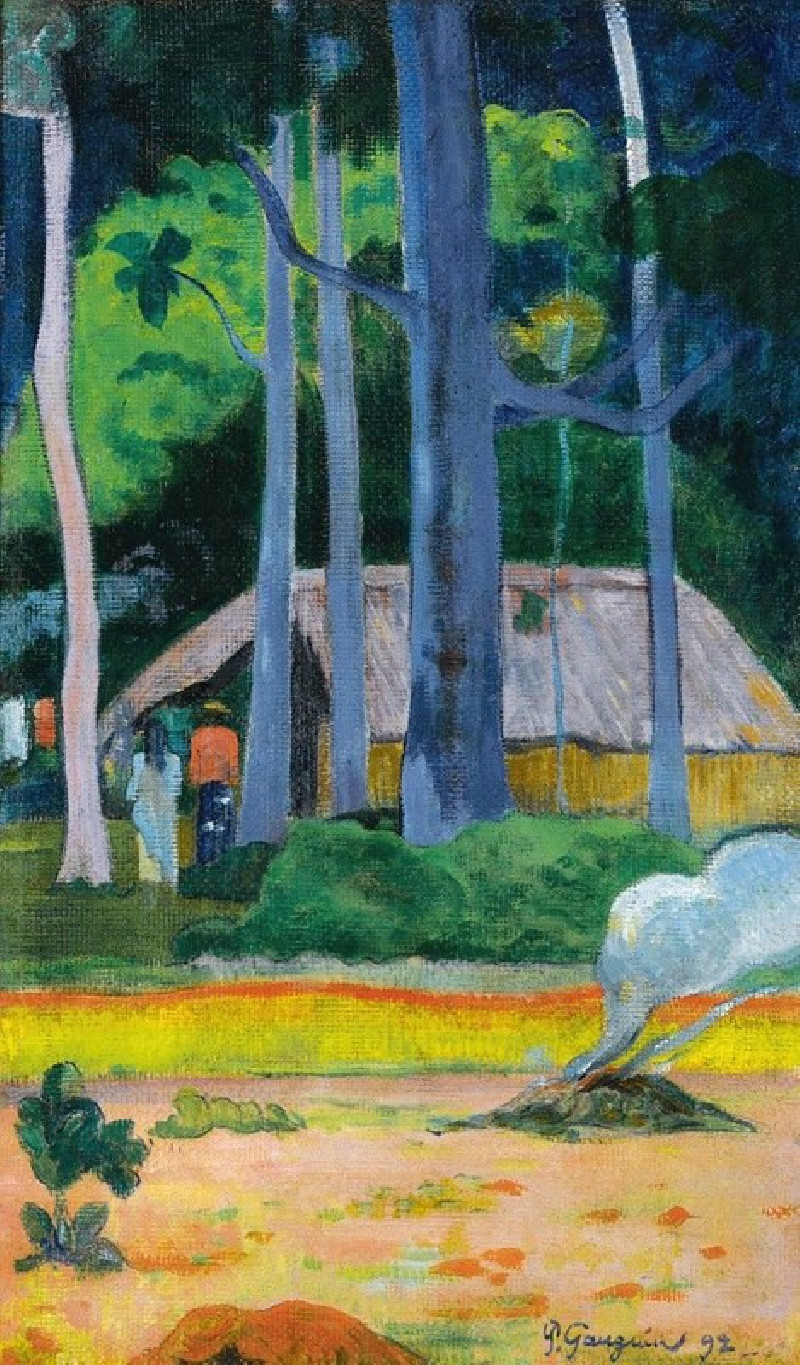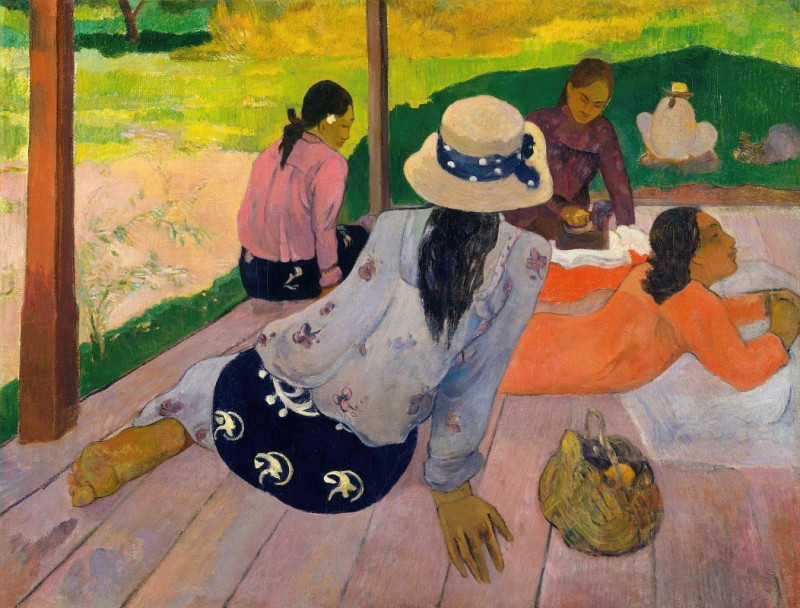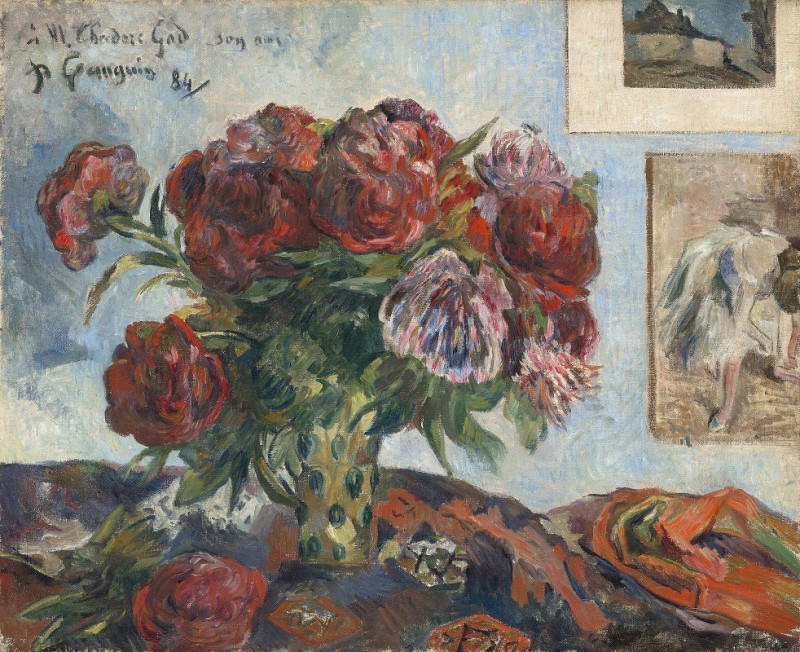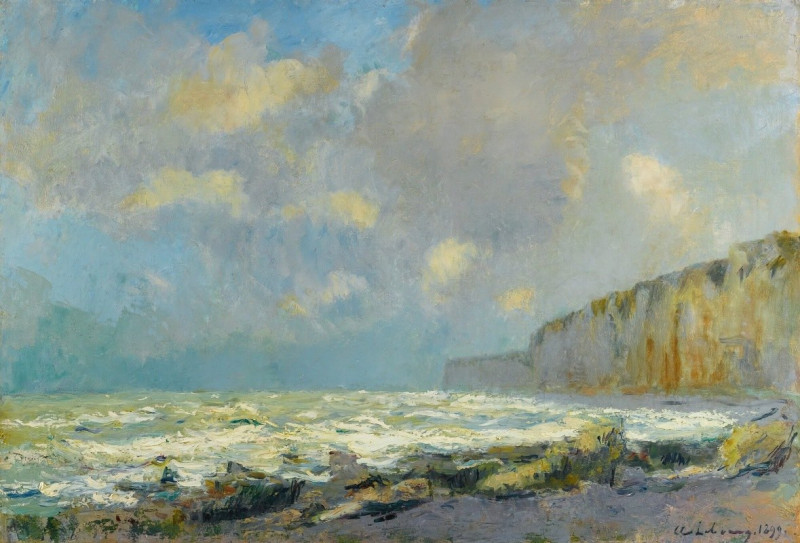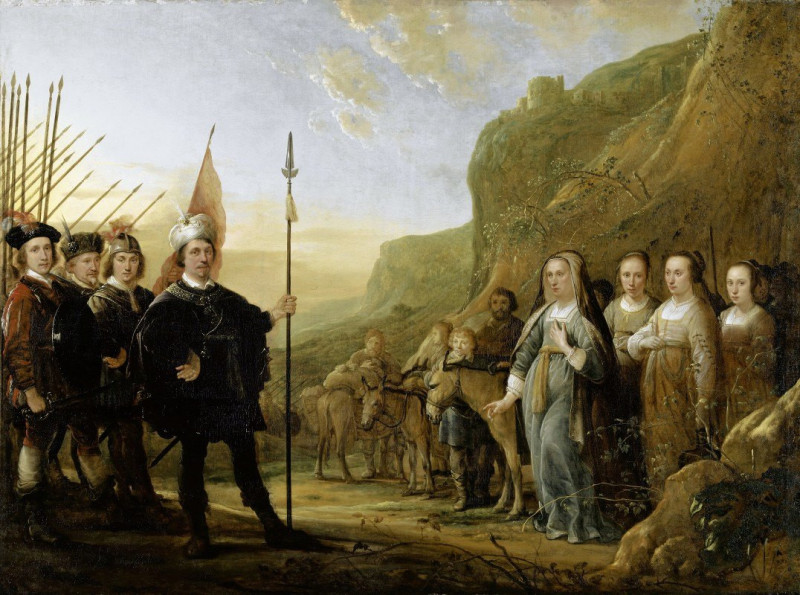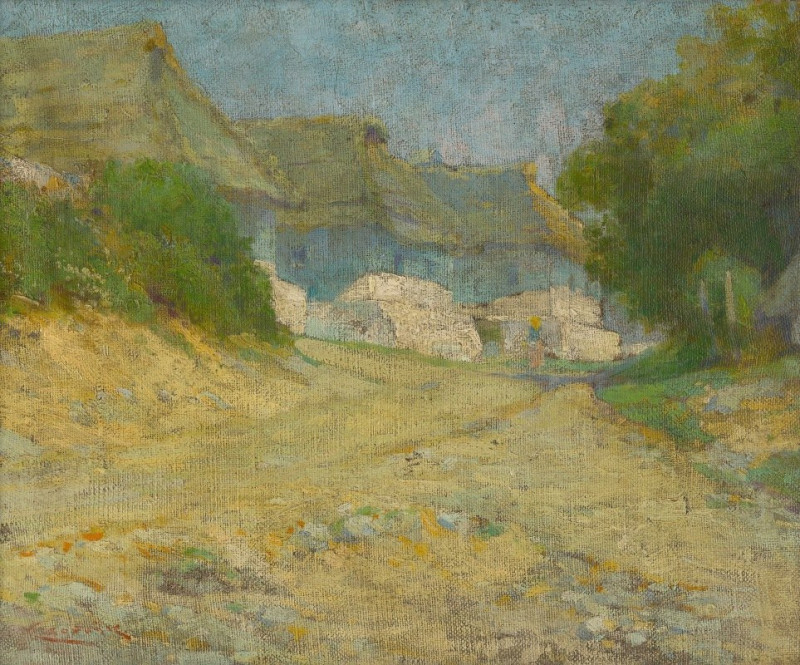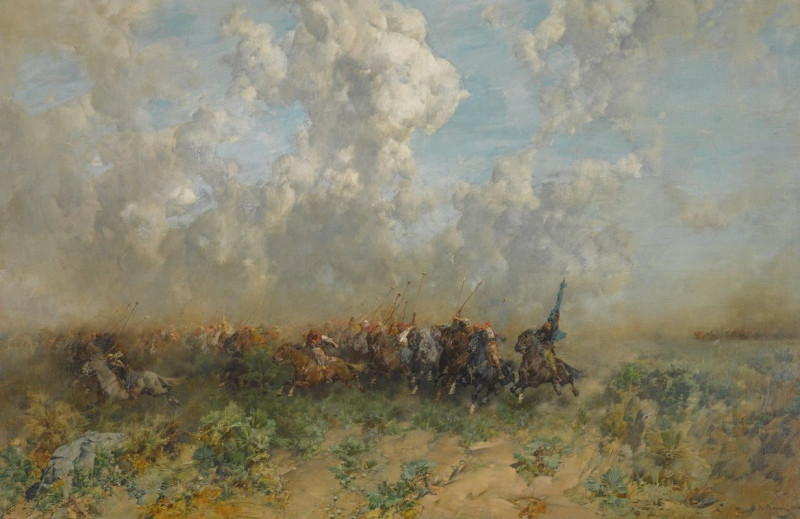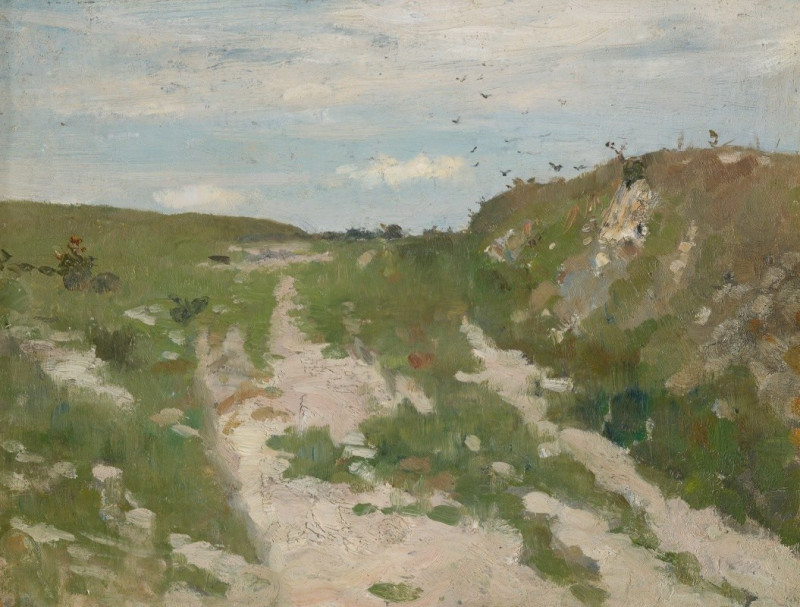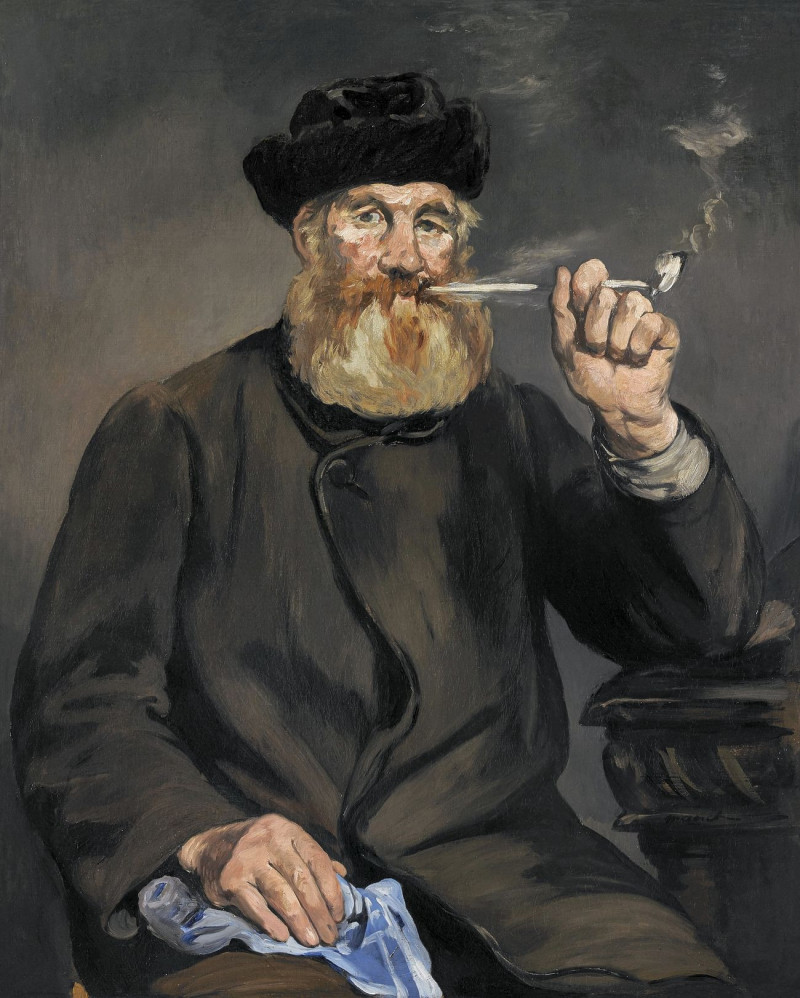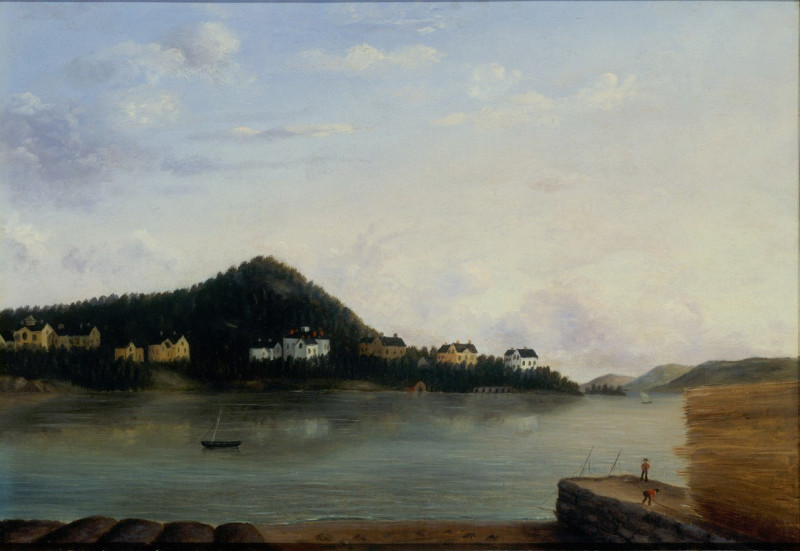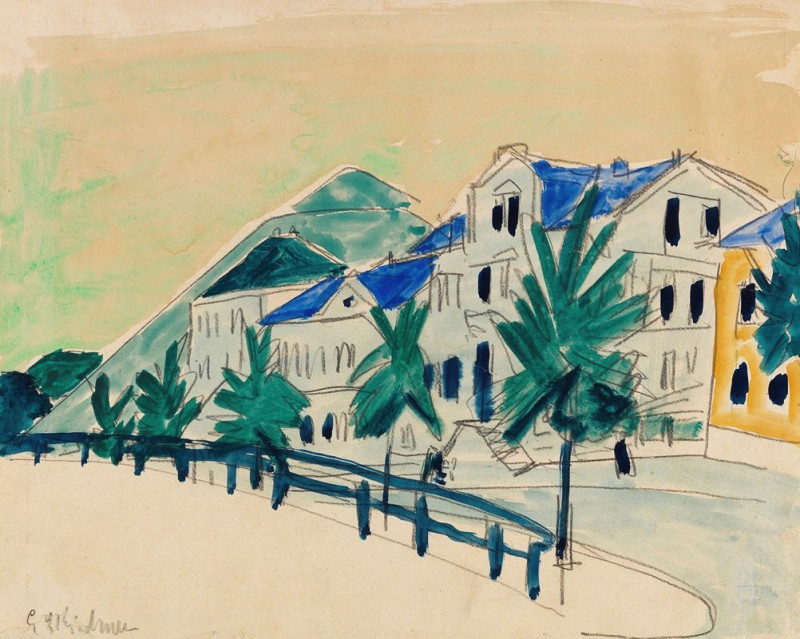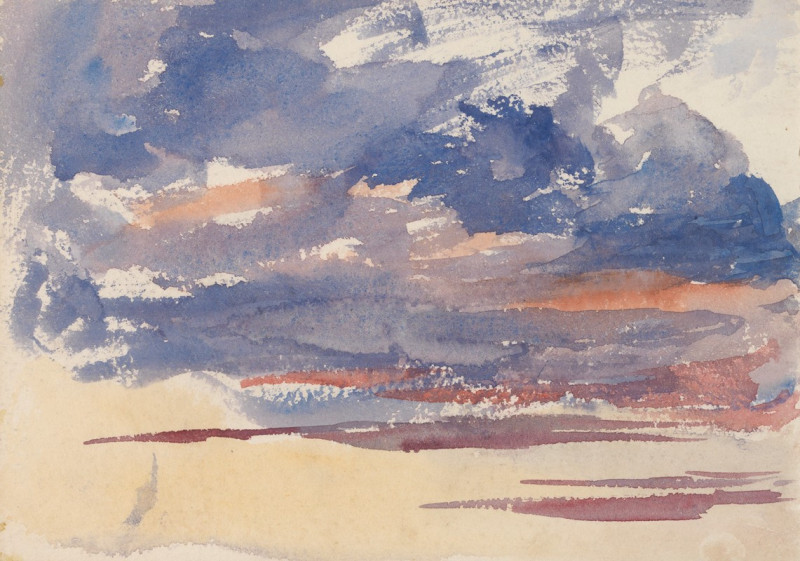Landscape with Poplars (1875)
Technique: Giclée quality print
Recommended by our customers
More about this artwork
Step into the tranquil scenery depicted in Paul Gauguin's "Landscape with Poplars," painted in 1875. This captivating work exemplifies Gauguin's early exploration of the Impressionist style, a period marked by his engagement with nature and his experimentation with light and color.The painting presents a serene landscape dominated by towering poplar trees, which elegantly stretch towards a subtly dynamic sky. These trees, characteristic for their tall, slim profiles, create a striking vertical rhythm against the horizontal expanse of the lush, green meadow below. Gauguin's use of muted greens and blues evokes a sense of calm and harmony, inviting the viewer to ponder the quiet beauty of the rural outdoors.In the foreground, the gentle ripple of a small pond reflects the cloudy sky, adding a reflective quality to the scene. To the right, a bushy, robust tree provides a visual counterpoint to the slender poplars, enriching the composition with its dense foliage. Throughout the painting, Gauguin’s brushwork remains loose and expressive, suggesting the movement of leaves in a soft breeze and the fleeting quality of natural light."Landscape with Poplars" invites us to appreciate the simplicity and tranquility of nature. It offers a glimpse into the formative years of Paul Gauguin’s artistic journey, a period that laid the groundwork for his later, more experimental endeavors.
Delivery
Returns
Eugène Henri Paul Gauguin was a French Post-Impressionist artist. Unappreciated until after his death, Gauguin is now recognized for his experimental use of color and Synthetist style that were distinct from Impressionism. Toward the end of his life, he spent ten years in French Polynesia. The paintings from this time depict people or landscapes from that region.

